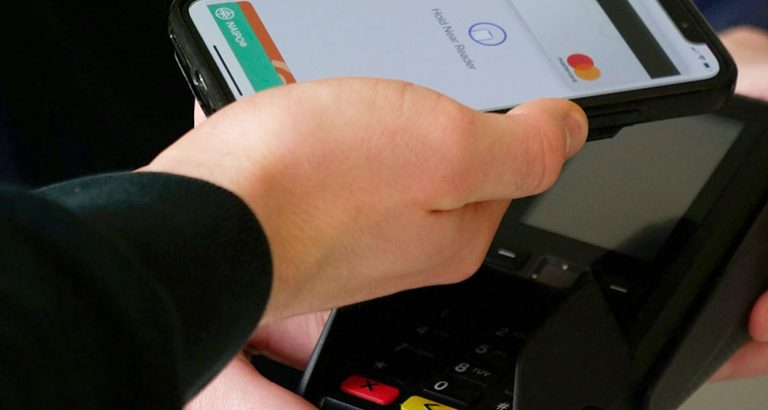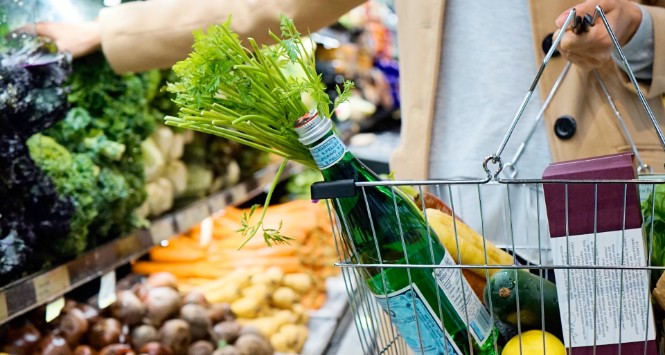New research from IGD says the boundaries between foodservice and retail are no longer just blurred, they have broken down. Rhian Thomas maps out four post-lockdown scenarios for retail.
By Rhian Thomas, Head of Shopper Insight at IGD
Covid-19 has caused a monumental shift in consumers’ food and drink habits. The boundaries between eating at home and out-of-home, once blurred, have now broken down, resulting in unprecedented changes to supply and demand of food and drink in the UK.
In 2019, the split of consumer spend on food and drink was one-third (36%) in foodservice and two thirds (64%) in retail. In 2020, Covid-19 and the resulting lockdown measures and closure of all non-essential shops, pubs, restaurants and cafes, will have a dramatic impact on the balance of consumer spend in retail and foodservice.
Our new ‘Eating In Vs Dining Out’ research, produced in collaboration with leading foodservice consultant Peter Backman, explores the impact of Covid-19, outlining four scenarios to help food retail and foodservice companies plan for the future. Each scenario addresses the possible path of the virus and performance of the economy – from a relatively manageable virus to multiple outbreaks, and an economic performance that quickly recovers to a hard-hit economy, slow to rebuild.
The four hypothetical scenarios are:
- The Great Reset: This most positive scenario, sees food and drink consumption largely shift to home. Retail sales remain high but flatten as lockdown restrictions gradually lift and people start to eat out again. Some changes in shopper behaviour become the norm, fuelling further development of digital channels.
- Decade of Drift: In this scenario, the virus is manageable, but the economy takes longer to recover and the financial impact on households and businesses is severe. Companies accelerate their cost-cutting and efficiency programmes to demonstrate value to consumers, resulting in lower levels of new product development.
- Technical Isolation: The path of the virus sees businesses and consumers turn to technology and digital services, which reshapes the retail offer. Online is widely viewed as the safest way to shop and investment is diverted from improving and expanding stores. Shopping is a functional activity rather than experiential and opportunities for premium services and price increases lie in areas of safety and hygiene.
- Globalisation reversed: This is the most severe scenario, combining bad outcomes for both the virus and the economy. Globalisation regresses, putting pressure on supply chains and businesses to find operational efficiency. The supply chain is extensively rebuilt. Ranges change, with some products becoming seasonal or disappearing completely.
Covid-19 has resulted in the boundaries between in-home and out-of-home consumption breaking down further and faster than any of us could have imagined. The future is unpredictable; we don’t know what path the virus will take or how lockdown measures will affect the performance of markets in the medium to longer term.
In this highly uncertain environment, it is crucial that retailers and suppliers can respond successfully and quickly to events as they unfold. Considering which changes in shopper behaviour will become permanent will help identify the solutions that you want your business to nurture. Retailers must prepare for the reopening of the out-of-home sector and the impact on your business.
Suppliers should consider multiple views of the future that adopt different growth rates all while focusing on ways to support their retail customers. They should Identify parts of their business or brands that will perform well or are at risk, as a focus on value will put pressure on pricing and potential margins.
As Peter Backman, co-author of the report, points out: “Covid-19 has been, and will continue to be, a great accelerator for the shifts between in and out of home consumption that have been emerging over the past 15 years. Current consumer behaviour is a catalyst for change, which is happening far faster than anything I predicted, just six months ago. As we move forward, every part of the supply chain will have to be able to adapt rapidly to this changing landscape.
“Consumer demand will drive and shape the eating in and dining out markets more than ever before, so suppliers, foodservice operators and retailers will need to react, adjust and innovate to allow for evolving scenarios. The food industry has always been fast-paced; it’s about to get faster.”





